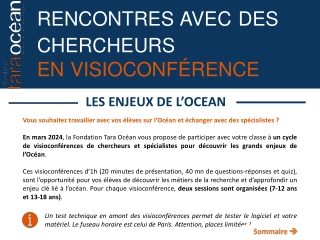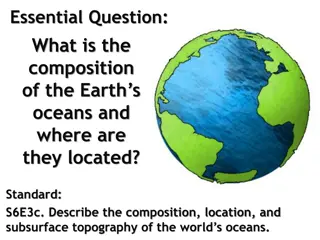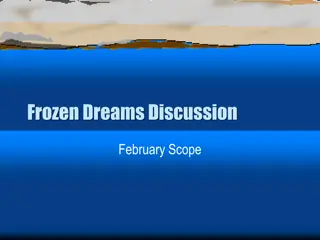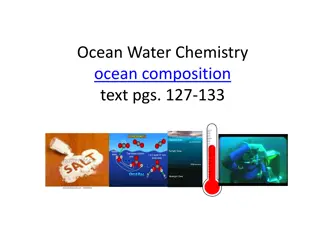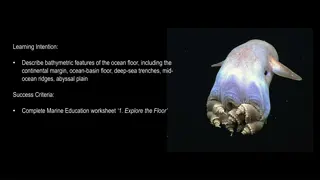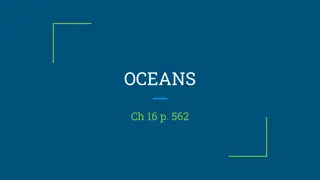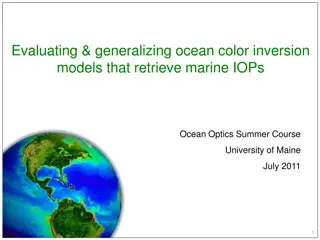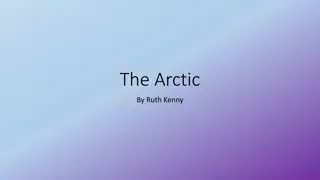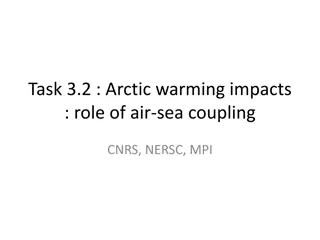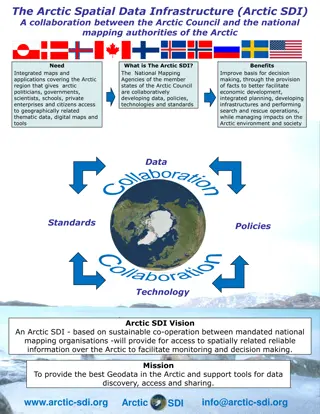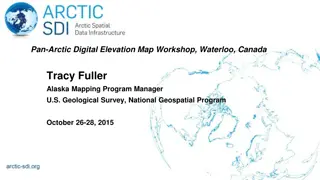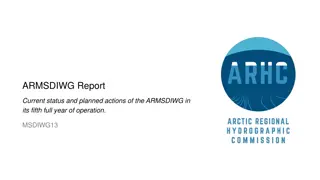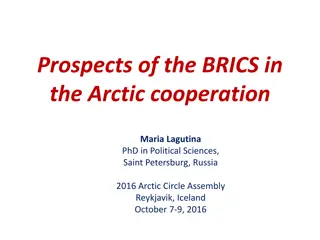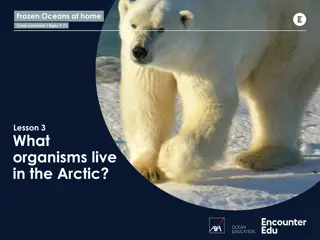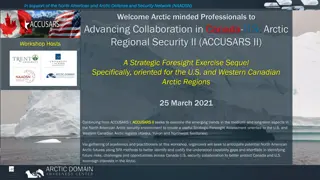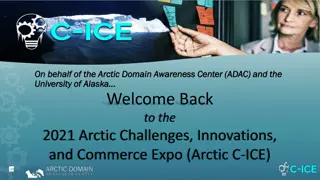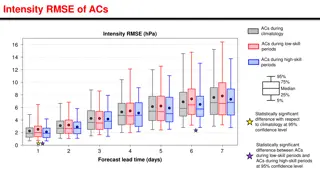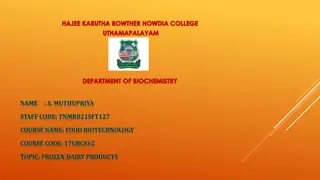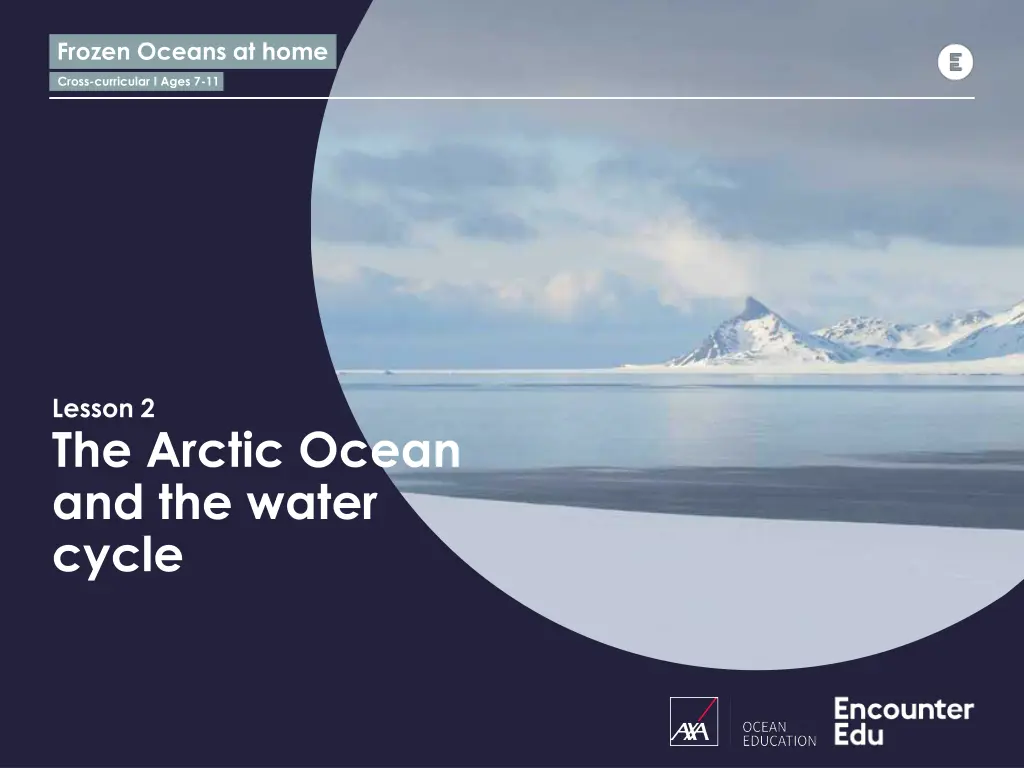
Discovering the Arctic Ocean: Lesson on Water Cycle & Geography
Delve into the Arctic Ocean and explore the intricate water cycle through this engaging lesson targeted at ages 7-11. Join Dr. Mark Brandon on a mission to uncover how water shapes the Arctic landscape, from solid ice to gaseous vapor, in a hands-on exploration of evaporation, precipitation, and condensation. Enhance geographical knowledge by labeling key features and understanding the impact of temperature on water movement.
Download Presentation

Please find below an Image/Link to download the presentation.
The content on the website is provided AS IS for your information and personal use only. It may not be sold, licensed, or shared on other websites without obtaining consent from the author. If you encounter any issues during the download, it is possible that the publisher has removed the file from their server.
You are allowed to download the files provided on this website for personal or commercial use, subject to the condition that they are used lawfully. All files are the property of their respective owners.
The content on the website is provided AS IS for your information and personal use only. It may not be sold, licensed, or shared on other websites without obtaining consent from the author.
E N D
Presentation Transcript
Frozen Oceans at home Cross-curricular I Ages 7-11 Lesson 2 The Arctic Ocean and the water cycle
Lesson 2: The Arctic Ocean and the water cycle Lesson 2: The Arctic Ocean and the water cycle Key Q. 1. Is there more r_ _ _ and s_ _ _ in Belfast or the Arctic? 1
Lesson 2: The Arctic Ocean and the water cycle Outcomes age 7 to 9 Label the geographical features of the water cycle, including the sea, river and mountains - Foundation Observe how evaporation changes with temperature - Developing Use the words precipitation, evaporation & condensation correctly and label these on a diagram - Competent Describe the water cycle in continuous text in a sensible order, with technical terms - Expert 2
Lesson 2: The Arctic Ocean and the water cycle Outcomes age 9 to 11 Use the words precipitation, evaporation & condensation correctly and label these on a diagram - Competent Describe the water cycle in continuous text in a sensible order, with technical terms - Expert Use ideas about temperature to explain differences in the water cycle - Advanced Use evidence to support conclusions - Foundation 3
Lesson 2: The Arctic Ocean and the water cycle Brief from Dr Mark Brandon Welcome to the Arctic, I m Dr Mark Brandon, and I ll be your mission leader today. The Arctic is very cold and not many things or people live here. But incredibly, most of the features here are made by just one substance: water! Solid water, liquid water and water as a gas, it s all here helping to create a magical place. So, your mission today is to find out how water moves about in the Arctic, helping to shape this place. Dr Mark Brandon 4
Lesson 2: The Arctic Ocean and the water cycle The Arctic Where do you think the total amount of rain and snow is greater? Why do you think this? How would you test this? Belfast 5
Lesson 2: The Arctic Ocean and the water cycle The water cycle 6
Lesson 2: The Arctic Ocean and the water cycle Learning check point 1 Label the geographical features of the water cycle, including the sea, river and mountains - Foundation Use the words precipitation, evaporation & condensation correctly and label these on a diagram - Competent 7
Lesson 2: The Arctic Ocean and the water cycle The water cycle 8
Lesson 2: The Arctic Ocean and the water cycle Considering your observations Question 1 Josh says: Water evaporates faster in warmer conditions. How does your experiment support his conclusion? Question 2 Jamie says: Water boils at 100 C. Does the experiment support this conclusion? Why? 9
Lesson 2: The Arctic Ocean and the water cycle Considering your observations Question 3 What could be done to improve the experiment? 10
Lesson 2: The Arctic Ocean and the water cycle Final thoughts from Dr Mark Brandon The world and our ocean are truly amazing places, but you ll never see them by staying at home! So go out and explore; just remember to take your camera with you. 11
Lesson 2: The Arctic Ocean and the water cycle Photo credits Slide 3 Dr Mark Brandon Slide 5, top XL Catlin Slide 5, bottom Wikipedia, Davidwiltonone Slide 11 Flickr, Mark Brandon (Taken in Auster-Skaftafellssysla, Iceland) License available from Creativecommons.org/licenses/by-sa/2.0/legalcode 12

